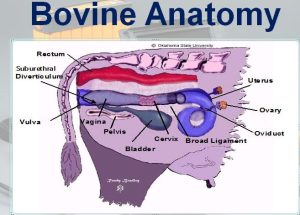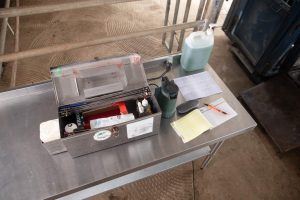Benefits of Artificial Insemination of Livestock
Artificial insemination (AI) has emerged as a game-changer in the world of livestock breeding. This innovative reproductive technology involves manually depositing collected sperm cells from a male animal into the reproductive tract of a female, bypassing the traditional method of natural mating. The advantages of artificial insemination over natural mating are substantial and extend far beyond mere convenience.
Cost Savings and Efficient Resource Management
One of the most significant benefits of artificial insemination is the elimination of the need for maintaining a breeding bulls within a herd. The costs associated with feeding, healthcare, and managing a breeding bull can be substantial. By opting for AI, farmers can redirect these resources toward other aspects of herd management, ultimately enhancing overall efficiency and profitability.
Furthermore, AI allows farmers to utilize semen from bulls that may be geographically distant. This means that superior genetic material can be accessed without the logistical challenges and expenses associated with transporting a live bull across long distances. This not only broadens the genetic pool but also promotes the use of genetic material from bulls with desirable traits that may not be locally available.
Size Disparity and Genetic Diversity
Artificial insemination enables the mating of animals with significant differences in size without risking injury to either party. In natural mating, the size and strength of the bull can pose a threat to the smaller female. AI eliminates this concern, allowing for the controlled and safe reproduction of cattle regardless of their size differences.
The process also facilitates genetic diversity by providing access to a wide range of breeds. Farmers can choose specific sires based on desired traits such as milk production, disease resistance, or adaptability to local conditions. This increased genetic diversity can result in a more resilient and adaptable herd, better suited to face various environmental challenges.
Improved Conception Rates and Record Keeping
Artificial insemination has been shown to increase the rate of conception in cattle. The precise control over the insemination process, including the timing and quantity of sperm deposited, contributes to higher success rates compared to natural mating. This efficiency results in a more predictable calving season, enabling better planning and management of resources. Moreover, AI facilitates better record-keeping practices. Farmers can accurately track the genetics of each animal, including parentage, birth dates, and performance metrics. This wealth of information is invaluable for making informed breeding decisions and enhancing the overall productivity and quality of the herd.
Moreover, AI facilitates better record-keeping practices. Farmers can accurately track the genetics of each animal, including parentage, birth dates, and performance metrics. This wealth of information is invaluable for making informed breeding decisions and enhancing the overall productivity and quality of the herd.
Safety for Animals and Farmers
Traditional mating can be a risky endeavor, especially when dealing with powerful and potentially aggressive bulls. Artificial insemination significantly reduces the risk of injuries to both animals and farmers. The process is carefully controlled and conducted by skilled technicians, ensuring a safer environment for everyone involved.
The benefits of artificial insemination in cattle breeding are diverse and impactful. From cost savings and improved resource management to enhanced genetic diversity and safety, AI has revolutionized the way farmers approach livestock reproduction. As technology continues to advance, artificial insemination is likely to play an increasingly vital role in shaping the future of sustainable and efficient cattle farming.










Leave a Reply
Want to join the discussion?Feel free to contribute!